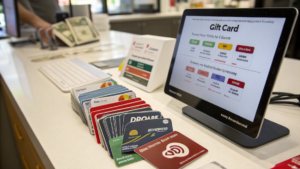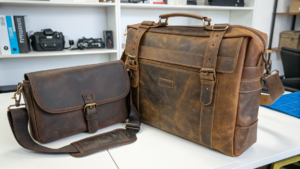How do you find the best portable power bank for your needs?
I've learned that choosing a portable power bank is a personal decision. It's not about the one with the biggest numbers. It's about the one that fits your life.
The best portable power bank is the one that perfectly matches your lifestyle. You should consider its capacity, charging speed, size, and features to find the right balance for your specific needs, whether that's for travel, work, or daily use.
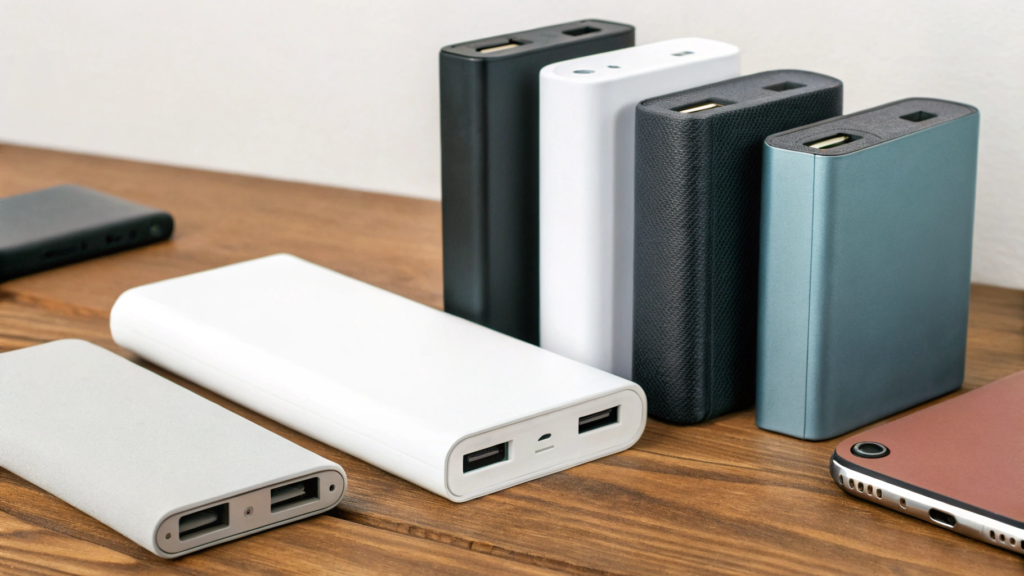
From my experience, the right power bank should be so useful that you forget it is there. It should just work, reliably, when you need it.
Is a 20000mAh power bank allowed on a flight?
Are you planning a trip and want to bring your power bank? It's a common concern, as there are rules about electronics on planes.
Yes, a 20,000mAh power bank is generally allowed on a flight, but it must be in your carry-on luggage. The Federal Aviation Administration (FAA) requires that all spare lithium-ion batteries, including power banks, be carried in the cabin and not placed in checked baggage.
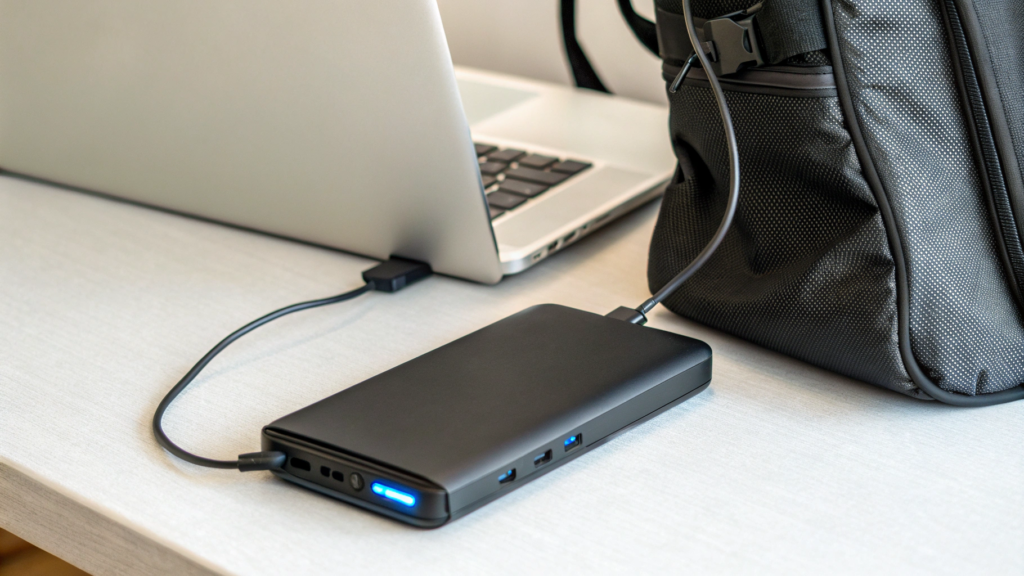
I've learned that this rule is for safety. It's about being able to handle a potential issue in the cabin, where a flight crew can see it.
What are the rules for bringing a power bank on a plane?
When I travel, I always follow the rules for my power bank. The main rule is to always keep it with you in your carry-on luggage. You should never put a power bank in a checked bag. The reason for this is the risk of fire. Airlines want to make sure that if there is a problem, the flight crew can deal with it right away. The FAA has a limit on the size of power banks you can bring. A 20,000mAh power bank is usually around 74 watt-hours (Wh), which is well below the common 100Wh limit for most airlines. You can often bring a second one, as long as it is also under the limit.
| Rule | Explanation | Why It's Important |
|---|---|---|
| Carry-on Only | Power banks must be in your carry-on bag, not your checked luggage. | Allows the flight crew to respond to any issues immediately. |
| Watt-Hour Limit | Most airlines have a limit of 100 Wh per power bank. | This is a safety standard to prevent a fire hazard. |
| Calculating Wh | You can calculate this by multiplying mAh by 3.7 V and dividing by 1000. | It is a standard way to measure the battery's energy. |
| Quantity Limit | You can often bring two power banks, as long as they are under the limit. | Allows you to bring enough power for your trip. |
| Check with Airline | Some airlines may have different rules. | It is always best to double-check before you fly. |
I once had a friend who was unsure about bringing their power bank on a flight. We looked up the rules for their airline and found that their 20,000mAh power bank was well within the limit. They felt much better knowing it was safe and allowed. This shows that a little research can go a long way when preparing for a trip.
What is the largest power bank you can take on a plane?
Are you a heavy tech user and need to know the largest power bank you can bring on a plane? It's important to know the limits before you pack.
The largest power bank you can take on a plane is typically 100 watt-hours (Wh). With airline approval1, you may be able to carry larger batteries, but they are usually limited to a maximum of 160 Wh per power bank. Most 20,000mAh power banks are safely under the 100 Wh limit.
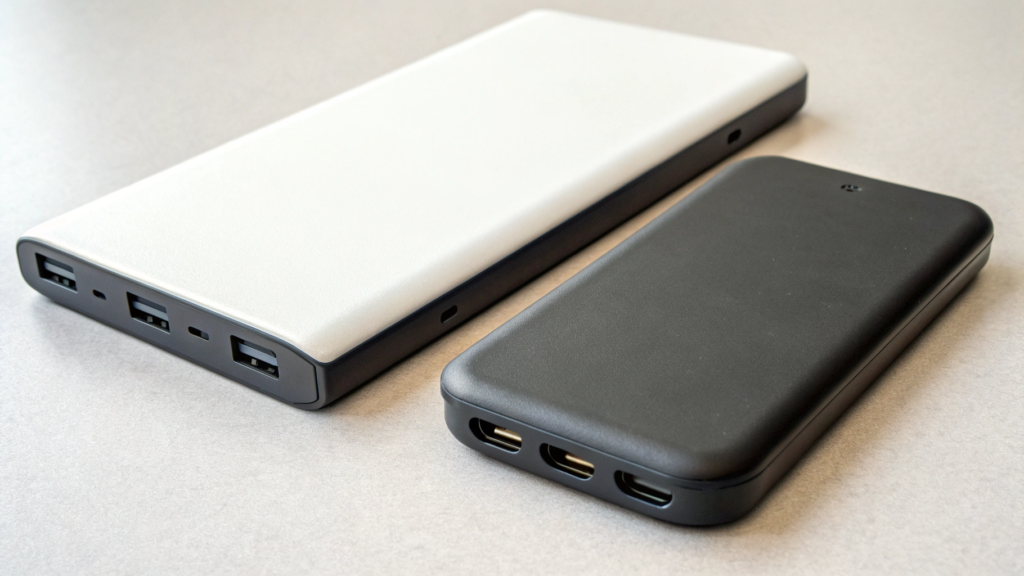
I've learned that the key number is watt-hours, not milliamp-hours. This is the official measurement that airlines use to set their safety standards.
How do you find the watt-hour limit for your power bank?
When I need to figure out the size limit for a power bank, I focus on the watt-hours (Wh). This is the key number for airlines. Most power banks have the Wh rating printed on them. If yours doesn't, you can calculate it yourself. The formula is simple: multiply the milliamp-hour (mAh) by the voltage (V) and then divide by 1000. The standard voltage for a lithium-ion power bank is 3.7V. So, for a 20,000mAh power bank, the math is (20000 x 3.7) / 1000 = 74 Wh. This is well below the standard 100 Wh limit. For anything over 100 Wh, you must get approval from the airline.
| Watt-Hour Limit | Explanation | What You Can Do |
|---|---|---|
| Up to 100 Wh | No airline approval is needed. This covers most power banks. | Carry it in your carry-on bag. No need to inform the airline. |
| 101 to 160 Wh | Requires airline approval. You might be limited to two per person. | Check with your airline before your flight to get approval. |
| Over 160 Wh | Not allowed on commercial flights. | Do not bring these on the plane. |
I once saw a flight attendant check a passenger's power bank before a flight. The passenger had a very large power bank and was able to show the flight attendant that it was under the 100 Wh limit. This confirmed for me that knowing the Wh is important. It helps you avoid any issues at the airport and ensures a smooth trip.
How do I choose a portable power bank?
Are you trying to find the perfect portable power bank but don't know what to look for? There are so many options, and it can be hard to decide.
To choose a portable power bank, you should first decide how you will use it. Look for a capacity (mAh) that fits your needs, a charging speed that works for your devices, a size that is easy to carry, and features like multiple ports or wireless charging that fit your lifestyle.
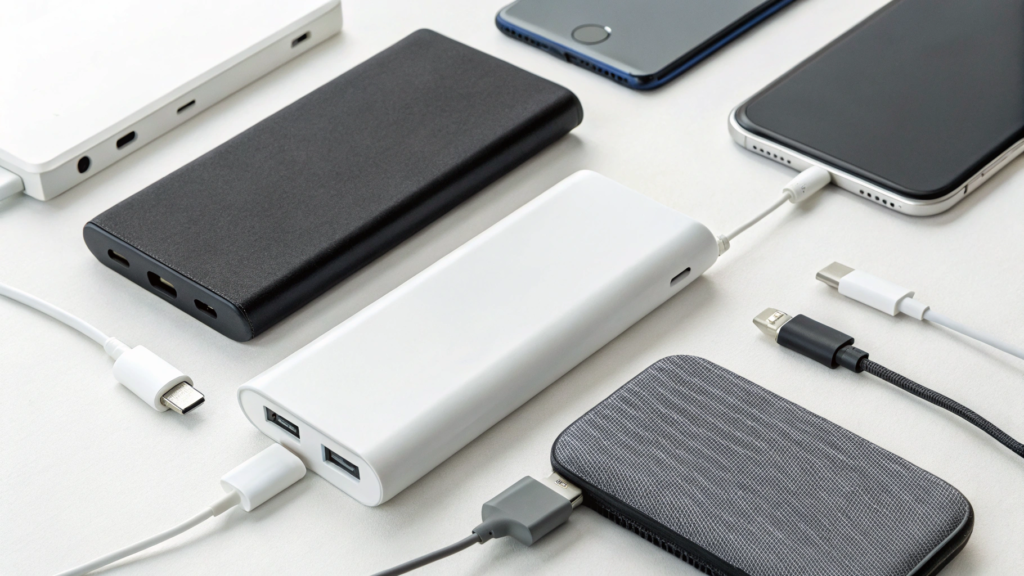
From my experience, the best power bank is the one that fits your life. It's about making a choice that serves your specific needs.
What are the key factors in choosing the right power bank?
When I help people choose a power bank, I tell them to think about a few key things. First, consider the capacity (mAh). This tells you how much power it holds. A small 5,000mAh power bank is great for a quick charge on the go. A large 20,000mAh power bank can charge your phone several times and can even charge a tablet. Second, look at the charging speed. Does your device support fast charging? Look for a power bank with USB-PD (Power Delivery) for fast charging. Third, think about the size and weight. Will you be carrying it in your pocket or a backpack? A small, light one is great for daily use. A heavier one is better for a long trip. Finally, look at the features. Do you need to charge two devices at once? Do you want wireless charging?
| Factor | What to Consider | Best for This User |
|---|---|---|
| Capacity (mAh) | How many times do you need to charge a device? | Daily Commuter: 5,000 - 10,000 mAh for a full charge. |
| Charging Speed | Does your device support fast charging? Look for USB-PD. | Professional: 18W+ USB-PD for quick recharges on the go. |
| Size & Weight | Will you carry it in a pocket or a bag? | Traveler: 20,000 mAh or more, but with a slim profile. |
| Ports | How many devices do you need to charge at once? | Family: A power bank with two or more ports to share. |
| Extra Features | Do you want wireless charging2, a built-in cable, or a flashlight? | Hiker: A rugged, waterproof power bank with a flashlight. |
| Airline Limits | Is it under 100 Wh for carry-on luggage? | Air Traveler: A power bank that clearly states its Wh on the case. |
I once helped a student choose a power bank. She needed something light that could charge her phone on campus. I recommended a 10,000mAh power bank that was small and had a fast-charging port. It was the perfect fit. It charged her phone quickly and was easy to carry. This showed me that the right power bank is a tool that enhances your day, not a problem you have to manage.
Conclusion
The best portable power bank depends on your needs. A 20,000mAh power bank is allowed in carry-on luggage. The largest you can take is 100 Wh, or 160 Wh with approval.


